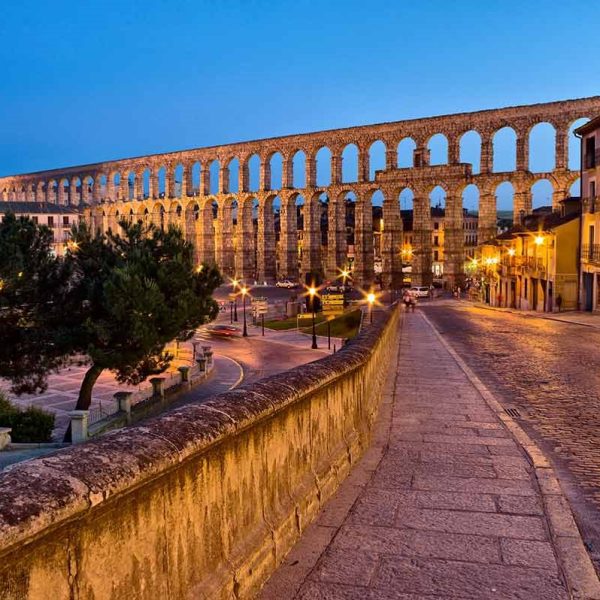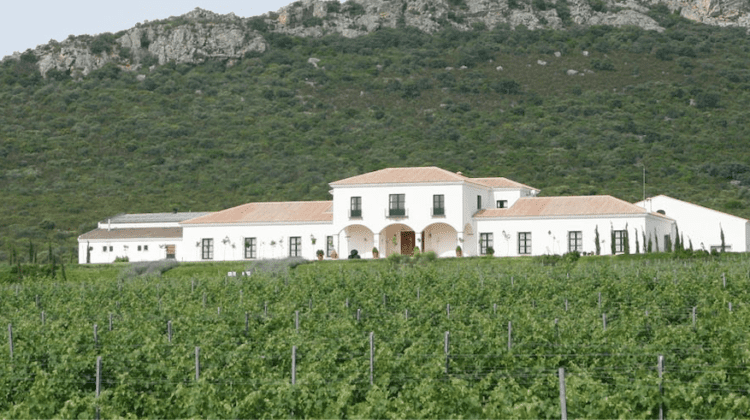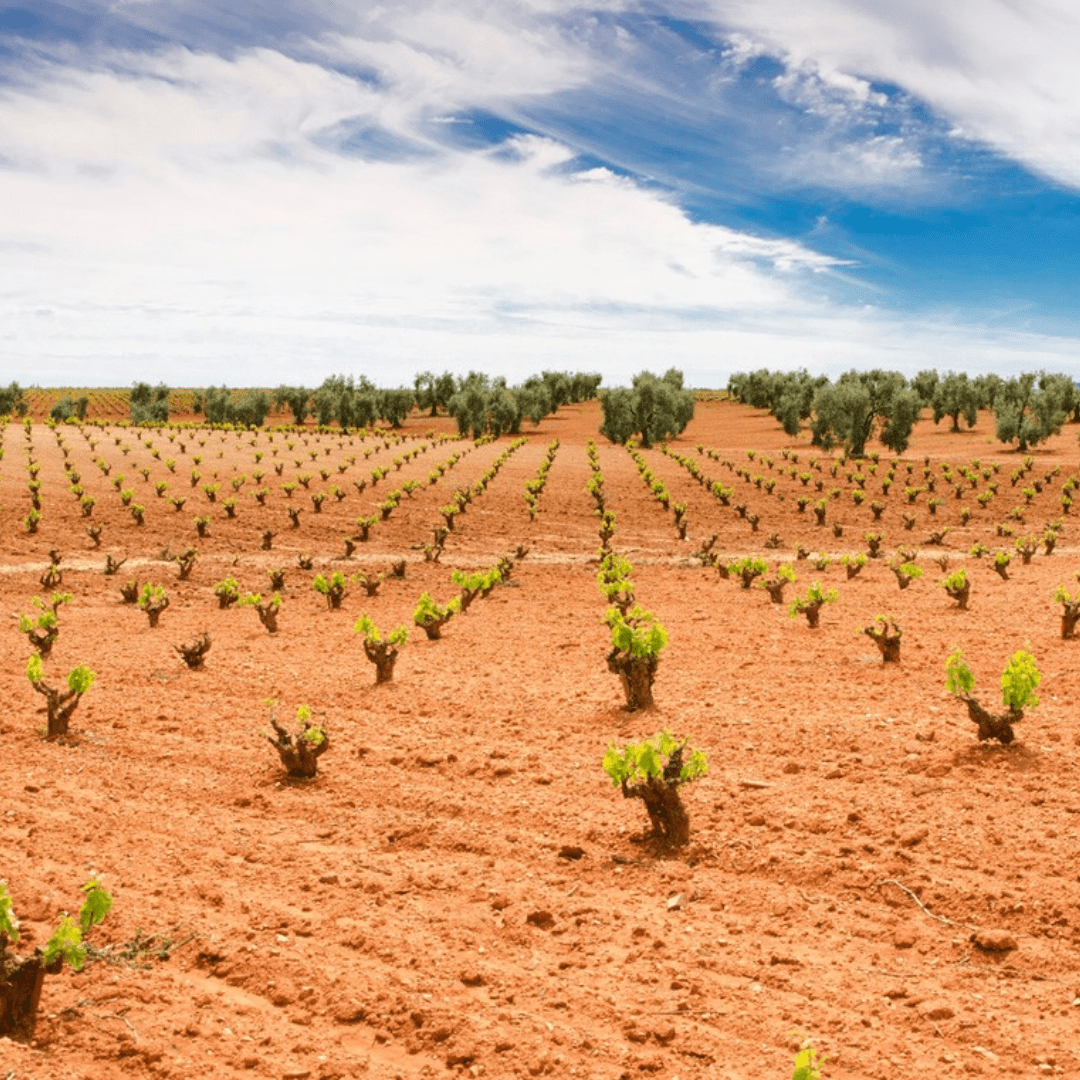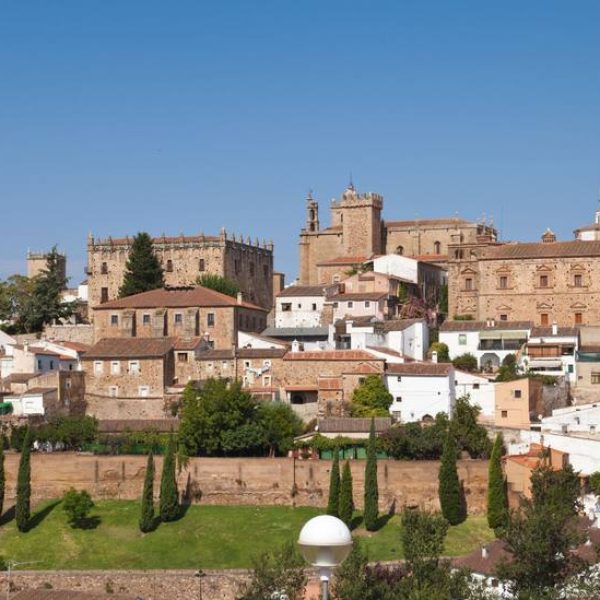
Segovia: history, culture and exquisite wines
Segovia is a jewel in the heart of Spain that not only stands out for its incredible historic and architectural heritage, but also for its

Director of Wine Tours Madrid.
Wset 3 and Senior Viticulture Technician.

There is a common wine magma in the Iberian Peninsula that is expressed in geographical areas, varieties, ecosystems and even cultural expressions common to the territories that compose it beyond political borders or linguistic limits. Thus, it is not difficult to find a very rich diversity of wines whose varietal origin is rooted on both sides of a politically or linguistically differentiated territory. This is the case with the entire extension of the Portuguese border, from its boundary with Galicia to at least the area of Badajoz and Alentejo.
It is not difficult to see that grapes such as Albariño, Brancellao, Godello, Mencía, Juan García, Tempranillo, Rufete, Palomino, Garnacha, Touriga are found naturally in wines from both sides of the Spanish-Portuguese border.
In this article we are going to focus on the Rufete grape that finds its current maximum splendor in the wines of the Protected Designation of Origin Sierra de Salamanca, a biosphere reserve that we travel with Wine Tour Madrid during our 3-day tour "Sierra de Salamanca; Cáceres and Ribera del Guadiana". The Rufete grape has several names that can lead to confusion: penamacor, pennamaior, pinot aigret, preto rifete, rifete, riffete, rofete, rosete, rosette, ruceta, rufeta, rupeti berra, tinta carvalha and tinta pinheira. Depending on the area where we are, the same grape will acquire different denominations.
In addition to these synonyms we would like to add that of "tinta antigua " which is used in the Ambroz valley in the north of Cáceres, another wonderful area where we will stop during our 3-day tour of western Spain.
Although for years mythology spoke of a grape that came from French Burgundy and was related to Pinot Noir, today ampelographic studies have catalogued it as a variety native to the mountains of Salamanca, from where it spread to Arribes del Duero, bordering areas of Portugal, Sierra de Gata, certain areas of Ávila and the Ambroz valley on the northern border between Cáceres and Salamanca.
The rufete grape is an early cycle grape, producing tight clusters that develop with hardly any peduncle separating them from the vine shoot, which makes harvesting difficult. It is harvested at the beginning of September and depending on the profile sought, the elaboration techniques may vary.




It is not a very vigorous plant with an upright growth habit and very low fertility. Low production and small clusters are its most common characteristics, but everything will depend on the type of soil, management and age of the vineyard. It is not very resistant to drought, it adapts to cool soils with high clay content, but in its area of habitat it grows mostly in granitic sands and slate soils. It is a variety somewhat sensitive to powdery mildew and heat stress, which slows down the correct ripening of the fruit.
Of the thousands of hectares of rufete that formerly covered the soils of Salamanca and the north of Cáceres, today only 200 to 300 hectares of this variety remain, thanks to the work of recovery and reproduction that the wineries of the Sierra de Salamanca PDO have been carrying out for more than 30 years. Today in Salamanca more than 16 wineries produce wines with the native varieties rufete red and rufete white as well as other grapes such as red tempranillo or aragonés and calabrés or garnacha and white grapes such as macabeo or palomino. Some of these emblematic wineries will open their doors during our wine tourism trip through the DOP Sierra de Salamanca.
Rufete wines are very elegant, with a good natural acidity which gives them freshness and length. They are wines of medium alcohol content, medium-high robe, with a ruby-red cherry color and very soft and velvety tannins that confer great elegance to the wines. Over the years, the wineries have been developing the precise techniques to age the rufete, achieving complex wines, with longevity and extremely exquisite. Some of these wineries such as Viñas del Cámbrico, Rochal or Viñas Serranas produce wines with international projection that are achieving very high scores in the world's benchmarks such as Wine Advocate-Robert Parker or Peñin Guide.


The vineyards, mostly goblet-trained, grow on terraces and terraces built centuries ago and often hinder the work of the vineyard. A smallholding viticulture, ancestral and heroic that allows to preserve a unique cultural and natural landscape.
In the north of Cáceres, more specifically in the town of Hervás, there are patches of rufete associated with olive trees in the agricultural corners of the valley. Nowadays rufete coexists with tempranillo or tinto Madrid as it is called in the village. Hervás is not integrated in any DO that protects the uniqueness of its wines and most of the wine production is called pitarra, homemade wine. This village will also be one of our mandatory stops during our wine tour. Hervás treasures the best preserved Spanish Jewish quarter, as well as a chestnut forest that is possibly the largest chestnut forest in central Spain.
Although in the north of Cáceres the rufete is already a minority, things may be changing, because the people behind Wine Tour Madrid come from Hervás and we are looking for the formula to give a boost to viticulture and quality wines in our valley. Through a work of identification of the still existing rufete vineyards we have selected some plots to start a slow work of recovery of old vines and production of rufete wines that little by little will give us clues of the potential that is housed in this beautiful valley located between the foothills of the Sierra de Gredos and the southern mountains of the province of Salamanca.


The results are promising. The wines we make even without a commercial umbrella are exquisite, with soft tannins, lots of red fruit and spices on the nose and a very characteristic freshness.
In Sierra de Gata, bordering Portugal, rufete or rufeta wines are also being produced. There are several winemakers who are positioning wines from this region in prestigious specialized stores such as Lavinnia in Madrid. Sierra de Gata, which historically has been an area with one eye on Castile and the other on Portugal, has historically been dedicated to producing excellent wines and oils that reached the noblest tables of antiquity for their reputed quality.
Today it is an area with an immense agricultural heritage with its greatest expression in the PDO Gata-Hurdes for manzanilla cacereña oils. The wines still do not have a regulatory umbrella except for the few traditional neighborhood wineries that have wanted to benefit from a new regional regulation that allows to legalize small productions of artisan wine in traditional urban wineries under the protection of the GI Vino de la tierra.
Hopefully, little by little these wines will be able to reach their recognized prestige. In a globalized world that tends to the homogeneity of cultures and flavors, these barely known varieties, with great potential and that reflect the embrace between territories and cultures, should have the interest and support of all the parties involved and concerned in the conservation of the rural world, mountain agriculture and the varietal diversity of our Iberian territories.

Segovia is a jewel in the heart of Spain that not only stands out for its incredible historic and architectural heritage, but also for its

The DOC Rioja was the first wine region in Spain to obtain a quality seal for its wines. Developed as a region
Recent studies have shown that the origin of wine is older than we thought. We could speak of eleven thousand
©2022 ALL RIGHTS RESERVED
WhatsApp us